
Welcome to the Experian Thought Leadership Hub
Gain insights into the fast-changing world of consumer and business data through our extensive library of resources.
292 resultsPage 1
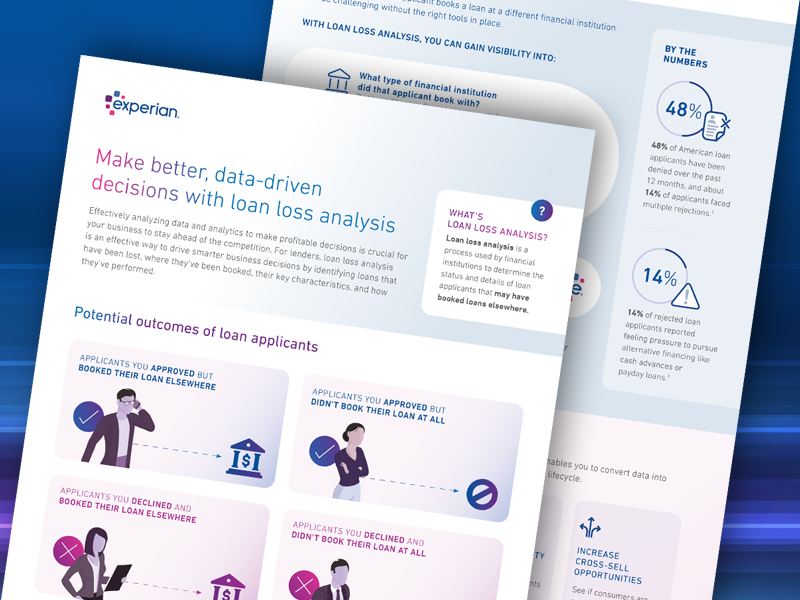 Infographic
Infographic
Loan loss analysis is an effective way for lending institutions to drive smarter business decisions by identifying loans that have been lost, where they’ve been booked, their key characteristics, and how they’ve performed.
With loan loss analysis, you can gain visibility into:
Accessing this information can help your organization validate your lending policies or find out where you can make adjustments to remain competitive in the market and win more business.
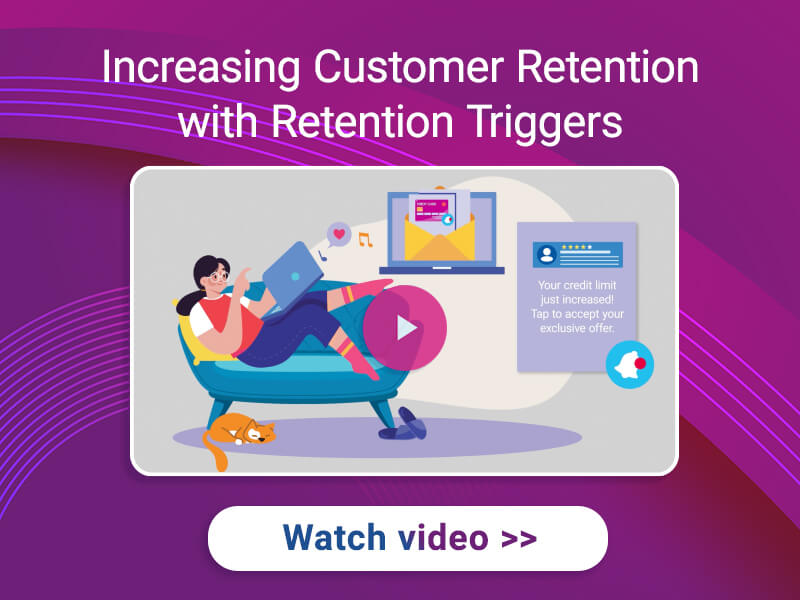 Video
Video
Learn how Experian's Retention Triggers can alert you when your customers shop for new credit or improve their credit standing.
By leveraging this solution, you can then:
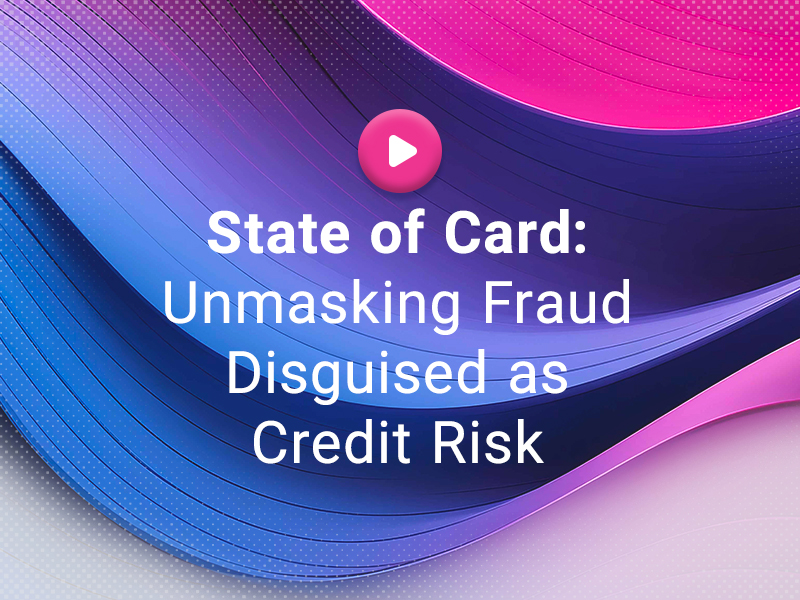 Webinar
Webinar
With the recent Fed announcement and fewer interest rate cuts on the horizon, it’s time to posture your organization more defensively. Where to start? A portfolio management activity that is often overlooked is the accuracy behind classifying fraud and credit risk.
Join our experts for an insightful webinar where they’ll review:
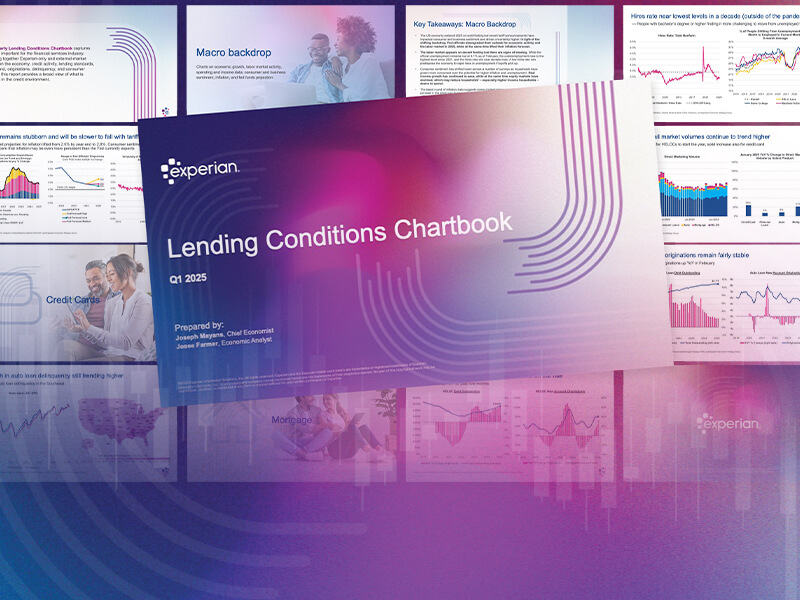 Report
Report
In our Q1 Lending Conditions Chartbook, we break down the latest economic trends and dive deep into credit conditions across products and regions.
Insights include:
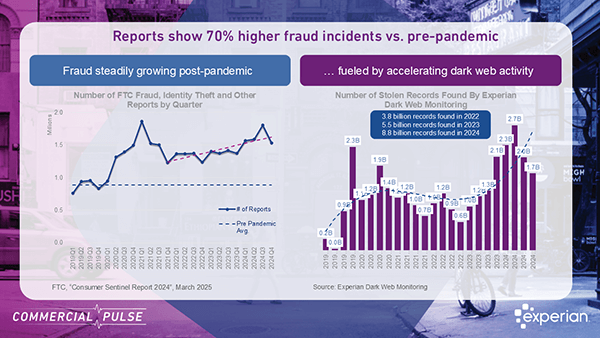 Video
Video
This week’s Commercial Pulse Report from Experian reveals critical shifts in the economy for small businesses. Inflation eased slightly to 2.8%, and the Small Business Index ticked up to 41.5—signs of stabilization. But rising financial fraud remains a major concern. Also:
🔒 70% increase in fraud since the pandemic
🧠 $40B in projected losses from AI-driven scams by 2027
📊 46% of SMB loan applications showed signs of first-party fraud
Lenders are responding with AI-powered analytics and cross-industry collaboration to stay ahead of these threats.
Check out the full report to see how these trends could impact your strategy!
 Report
Report
The escalating trade war and rising economic uncertainty are causing businesses and lenders to adopt a cautious approach, potentially slowing investment and hiring. If this trend continues, the economy could face long-term risks, including reduced lending, weaker job growth, and increased vulnerability to unemployment spikes. Insights include:
 Webinar
Webinar
In today’s fast-paced hiring landscape, background screeners face increasing pressure to deliver faster, more accurate, and fully compliant verifications. With over 50% of employment verifications still requiring manual intervention, staying ahead requires innovative solutions.
Key takeaways:
Watch this on-demand webinar featuring Experian experts Joy Mina and Troy Hupp as they explore how AI-enhanced, instant, and consumer-permissioned solutions are transforming background screening.